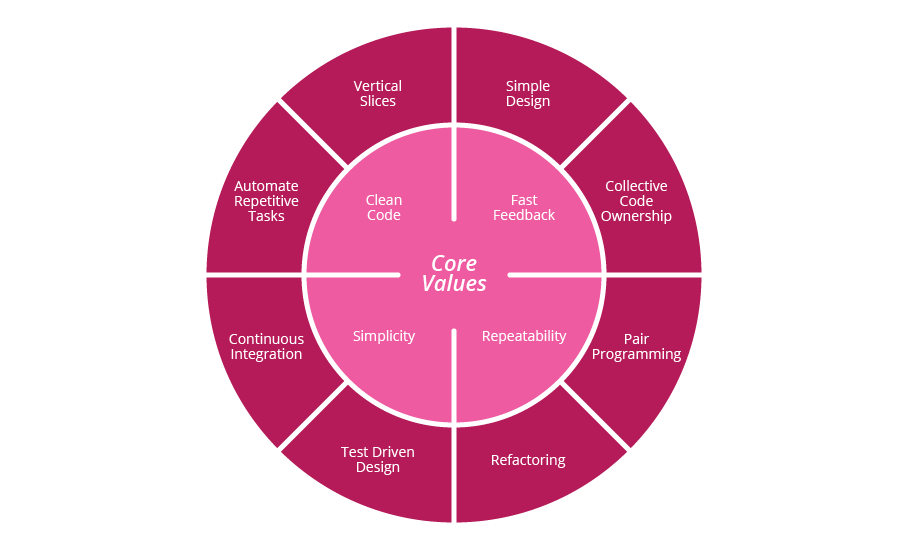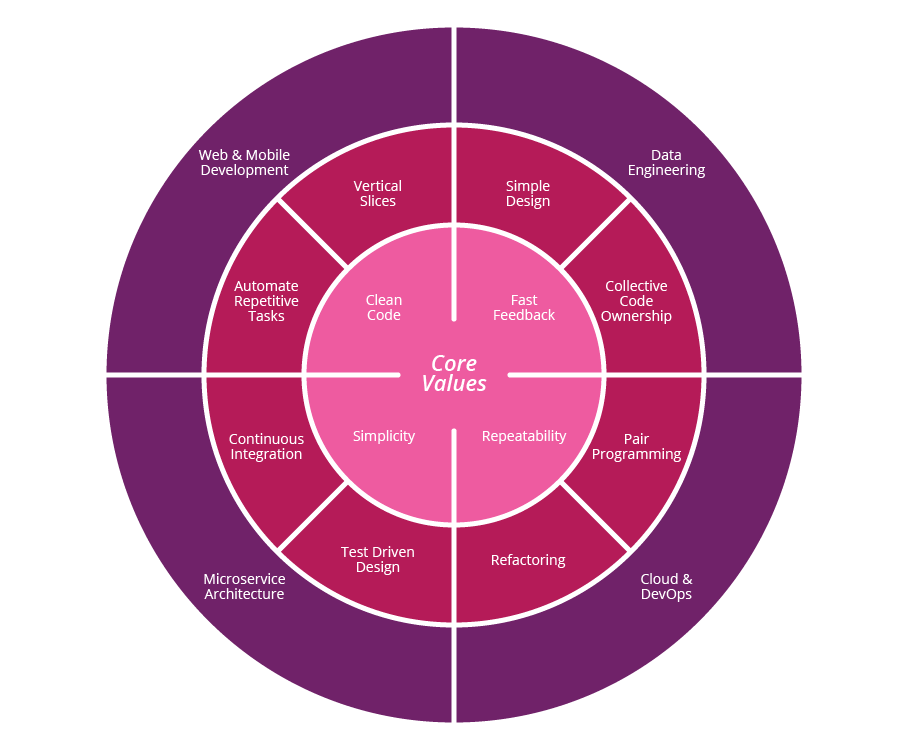IT organizational design
Applying Conway's Law to improve your software development



Disclaimer: The statements and opinions expressed in this article are those of the author(s) and do not necessarily reflect the positions of Thoughtworks.
